Camera manufacturers are beginning to fight for the lenses brightness. I d rather they start fighting for their size
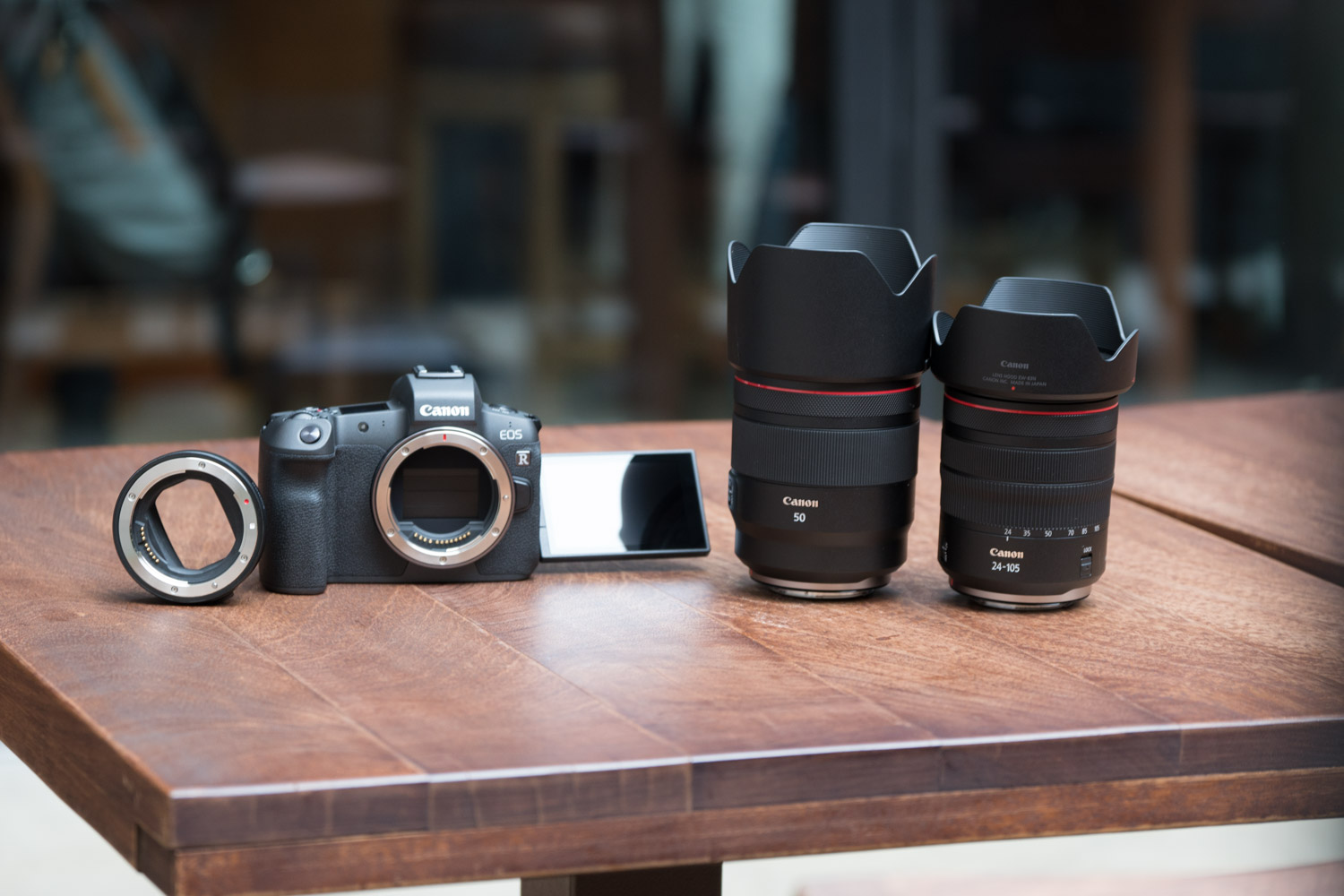
Canon, Nikon and Sony begin to brag about who can produce a brighter lens. Seeing the lightest constructions, however, it is worth asking who will be able to produce glass ... simply smaller.
I admit that I am disappointed to see new full-frame mirrorless cameras, for which the manufacturers propose dark lenses. Well, what would even the most perfect corps seem to do if we cut its wings by mounting a lens with low light? What is the use of a full frame then? Where to look for this famous magic picture?
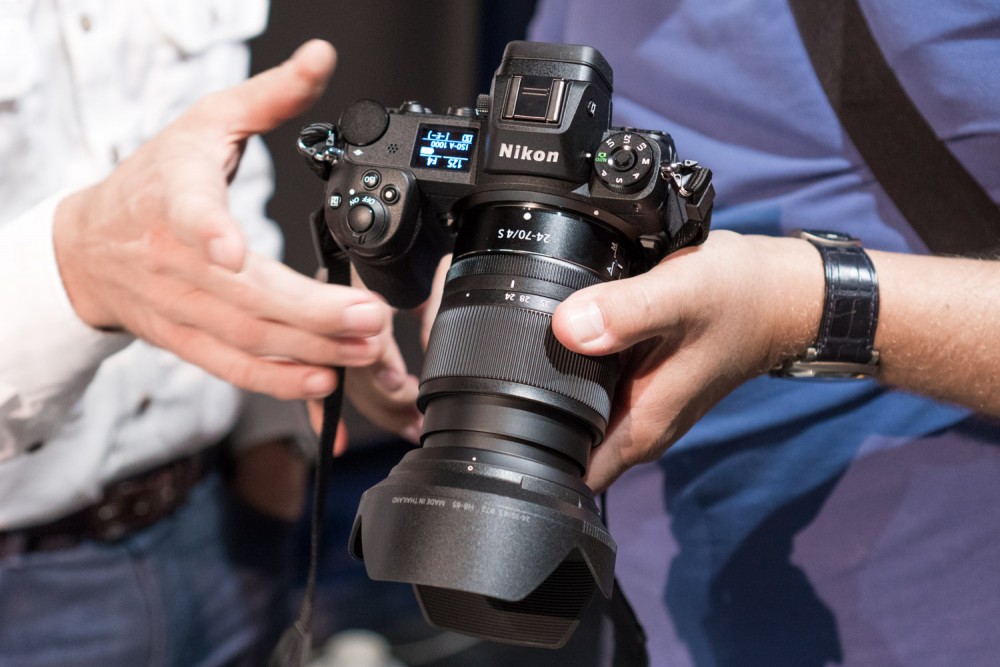
Unfortunately, this is what it looks like, especially with regards to zoom lenses. The new Nikon Z6 and Z7 debut with the Nikkor Z 24-70mm f / 4 lens. The f / 4.0 light is a compromise solution, literally twice as weaker than the f / 2.8 standard known from SLRs. The situation is similar in Canon, where the basic zoom of the system is now RF 24-105mm f / 4L IS USM. Admittedly, the impressive and very bright RF 28-70mm f / 2L USM will appear soon in Canon, but this glass is not on the market yet.
In the case of Sony is better, because this manufacturer creates lenses for the new system for five years, so we already have a much larger cross-section of glasses on the market, including FE 24-70mm F2.8 GM. It is worth noting that it appeared only in 2016, and by that time you had to settle for a darker design of the Sony FE 24-70mm F4 ZA OSS. In turn, the A7 system debuted with an even darker lens, 28-70 mm f / 3.5-5.6. Such light on a full frame is wastage.
The beginnings are always difficult, but the producers are already bragging about who can make a brighter lens. You can see a new fight for numbers.

Nikon Z and Canon EOS R systems have completely new bayonets designed from scratch. Manufacturers could eliminate the defects of the mirrors and approach the subject freshly. Thanks to this, both bayonets have large diameters, which will allow you to handle very bright lenses.
Nikon boasts that fixing Z allows you to create lenses with brightness reaching f / 0.65, and that's a really cosmic value. The prototype lens with a brightness of f / 0.95 has already been shown.
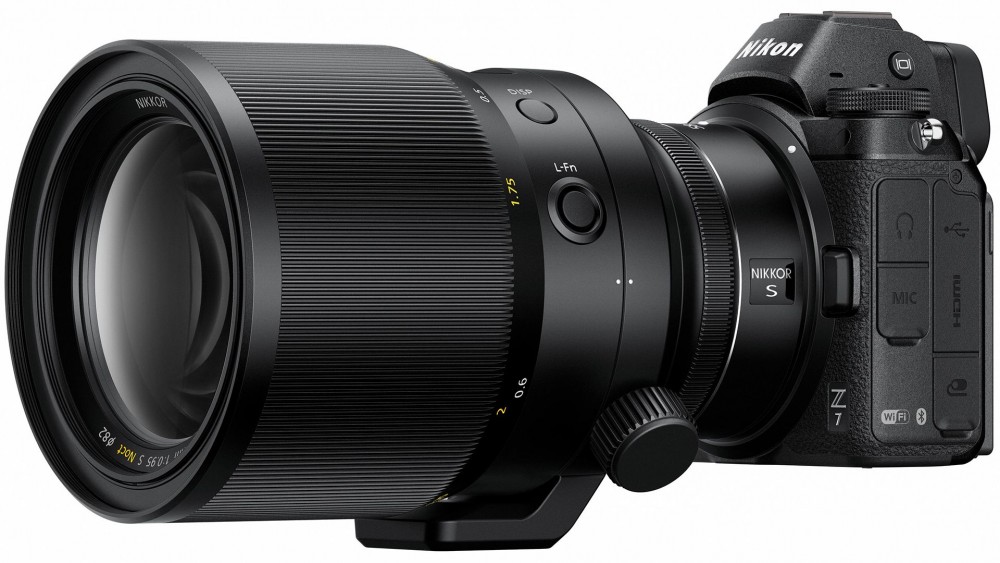
Canon does not remain indebted and proposes a fixed focal length of 50 mm with f / 1.2 at the very beginning. The voice was also taken by Sony , which confirms that, despite the smaller diameter of the bayonet, it is able to produce lenses f / 1.0, but it is unlikely to do it, because glass f / 1.2 are more economically justified.
You can see that producers want to create the lightest glass in the future. This is obviously the right direction, but unfortunately there is a big drawback behind it (nomen omen).
Attempts to create bright lenses say one thing: they will be huge. In that case, do we really need them?
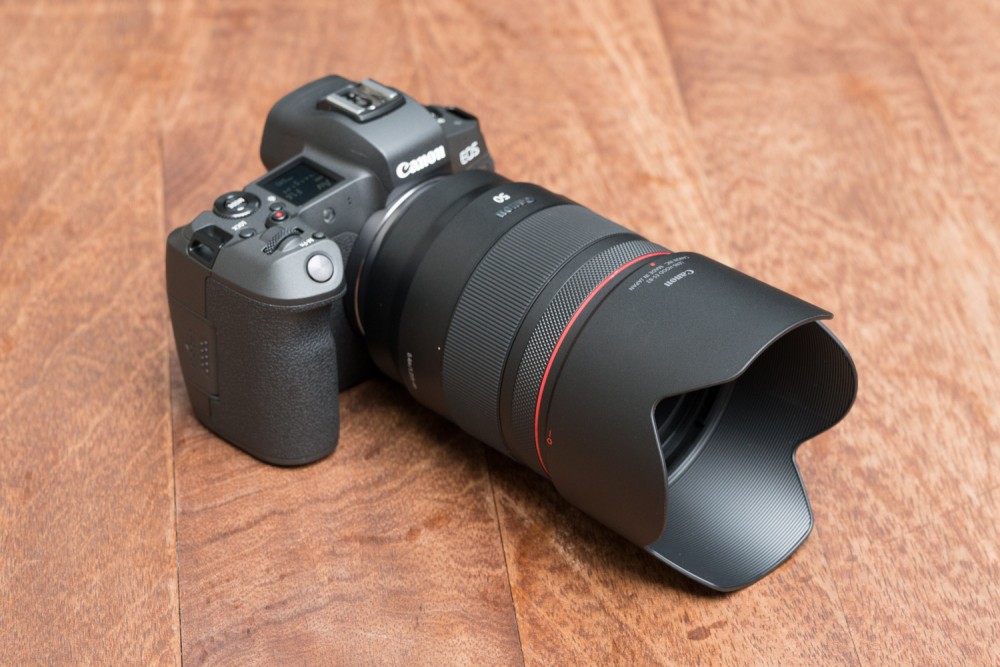
I am testing Canon EOS R with two RF lenses, including RF 50mm F1.2. It is a wonderful glass with fantastic image quality and an impressive depth of field, but the problem is that it is huge at the same time.
I know physics can not be fooled, and a full-frame f / 1.2 lens just has to be big, but why is it more than half the size of a Canon 50 mm f / 1.2 L EF USM? As a result, the Canon EOS R with fifty is bigger than the mirror equivalent!
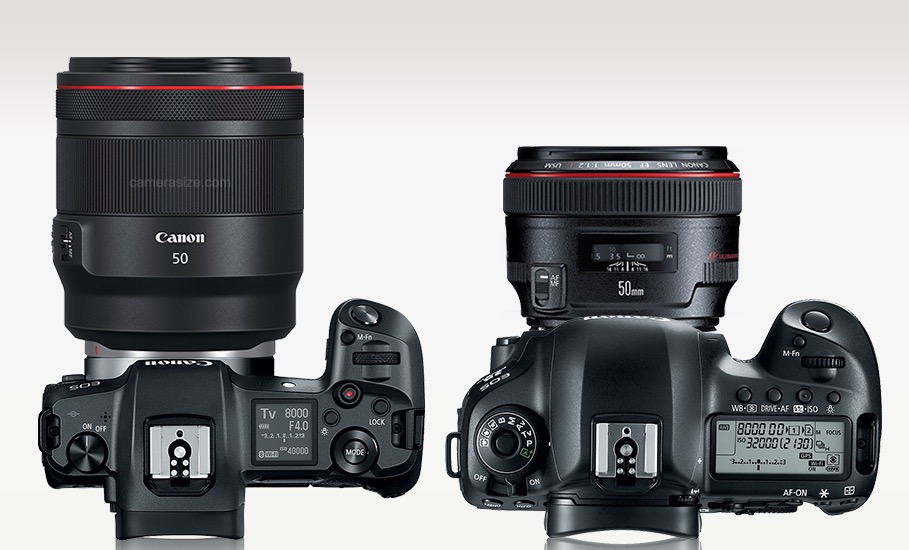
In Nikon, we see the same. Announced Nikkor Z 58 mm f / 0.95 S Noct is a beast, and yet it will not even be equipped with autofocus! The same is with Canon 28-70 mm f / 2.0. The parameters are impressive, but the lens is so big that it can even interfere with the reporter's work he was created for.
Therefore, I think that bragging about the lenses' brightness is a bad direction. Instead, manufacturers should fight for sizes.
And it was the size that was the original reason for the creation of mirrorless cameras. The removal of the mirror chamber and most of the mechanical components from the camera was meant to minimize the cameras without losing the image quality. And in fact, the picture quality is impressive, but the original idea of slimming the photo bag has got lost somewhere.
Although I love the Canon EOS R, I do not see the advantage of the DSLR in terms of size. This makes you wonder if the market is going in the right direction.
Fortunately, there is a light in the tunnel. The Nikon Z system has small 35 mm f / 1.8 S and 50 mm f / 1.8 S models, and the Canon has 35 mm F / 1.8 IS Macro STMs that do not kill size. Unfortunately, they are glass with a brightness of f / 1.8, and therefore quite basic for prime lenses. I would love to see lenses f / 1.4 or f / 1.2 in the size of the stands designed for SLRs. Unfortunately, I'm afraid it will never happen.
Camera manufacturers are beginning to fight for the lenses' brightness. I'd rather they start fighting for their size
Comments
Post a Comment